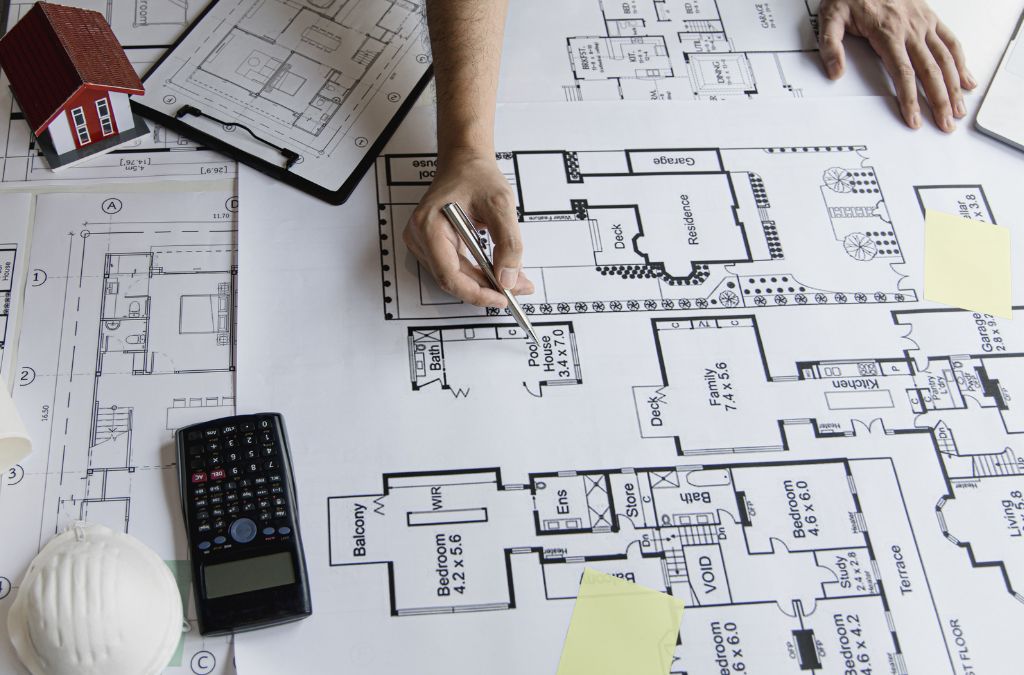-
Table of Contents
From Blueprint to Reality: The Architect Journey
The journey of an architect from the initial concept to the final structure is a fascinating blend of creativity, technical skill, and project management. This article explores the various stages of an architect’s journey, highlighting the challenges and triumphs encountered along the way.
Conceptualization and Design
The first step in any architectural project is the conceptualization phase. This is where the architect’s creativity shines as they brainstorm ideas and sketch initial designs. During this phase, architects often:
- Meet with clients to understand their needs and preferences
- Research the site and its surroundings
- Develop preliminary sketches and models
One notable example is the design of the Sydney Opera House. Architect Jørn Utzon’s initial sketches were inspired by the sails of ships, reflecting the building’s waterfront location. This iconic design has since become a symbol of architectural innovation.
Detailed Planning and Blueprints
Once the initial concept is approved, the architect moves on to creating detailed plans and blueprints. This stage involves:
- Drafting precise architectural drawings
- Specifying materials and construction methods
- Collaborating with engineers and other specialists
For instance, the Burj Khalifa in Dubai required extensive planning and collaboration. The architects and engineers had to consider factors such as wind resistance and the building’s foundation to ensure its stability and safety.
Obtaining Permits and Approvals
Before construction can begin, architects must navigate the complex process of obtaining permits and approvals. This involves:
- Submitting plans to local authorities
- Ensuring compliance with building codes and regulations
- Addressing any concerns or objections from the community
The process can be lengthy and challenging, as seen in the case of the Guggenheim Museum in Bilbao. Architect Frank Gehry faced numerous hurdles, including opposition from local residents and regulatory challenges. Despite these obstacles, the museum was completed and has since become a major cultural landmark.
Construction and Project Management
With permits in hand, the construction phase begins. Architects play a key role in overseeing the project to ensure that the design is executed correctly. Their responsibilities include:
- Coordinating with contractors and construction crews
- Monitoring progress and addressing any issues that arise
- Conducting site visits to ensure quality and adherence to plans
The construction of the Shard in London is a prime example of effective project management. Architect Renzo Piano worked closely with the construction team to address challenges such as the building’s height and its impact on the surrounding area. The result is a striking addition to London’s skyline.
Completion and Handover
The final stage of the architect’s journey is the completion and handover of the project. This involves:
- Conducting final inspections and quality checks
- Ensuring that all systems are operational
- Handing over the building to the client
The completion of the Louvre Pyramid in Paris marked a significant achievement for architect I. M. Pei. Despite initial controversy, the pyramid has become an integral part of the Louvre Museum, blending modern design with historical architecture.
Challenges and Triumphs
The journey from blueprint to reality is fraught with challenges, but it also offers numerous opportunities for triumph. Architects must balance creativity with practicality, navigate regulatory hurdles, and manage complex construction projects. Successful architects are those who can adapt to changing circumstances and find innovative solutions to problems.
For example, the construction of the Sagrada Familia in Barcelona has spanned over a century, with multiple architects contributing to its design. Despite numerous challenges, including the death of the original architect Antoni Gaudí, the project continues to progress, showcasing the resilience and dedication of the architectural community.
Conclusion
The journey of an architect from blueprint to reality is a multifaceted process that requires a blend of creativity, technical expertise, and project management skills. From the initial concept to the final handover, architects play a pivotal role in shaping our built environment. Through examples such as the Sydney Opera House, Burj Khalifa, Guggenheim Museum, Shard, and Sagrada Familia, we see the diverse challenges and triumphs that define the architect’s journey. This journey not only transforms blueprints into tangible structures but also leaves a lasting impact on the world around us.
